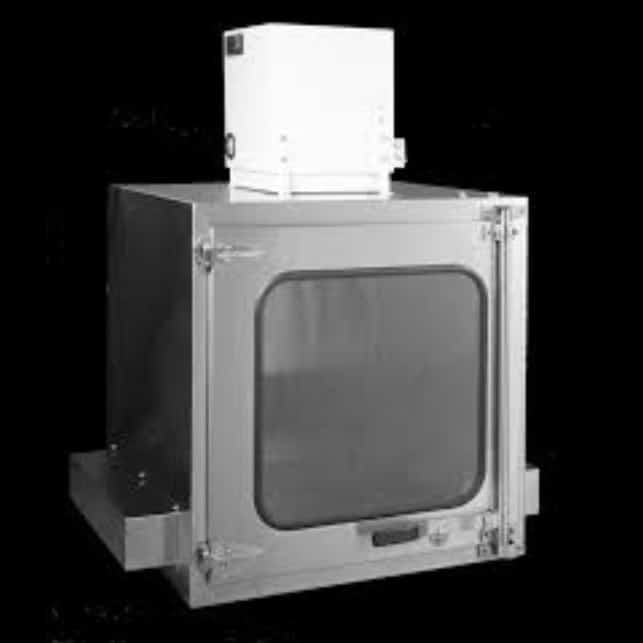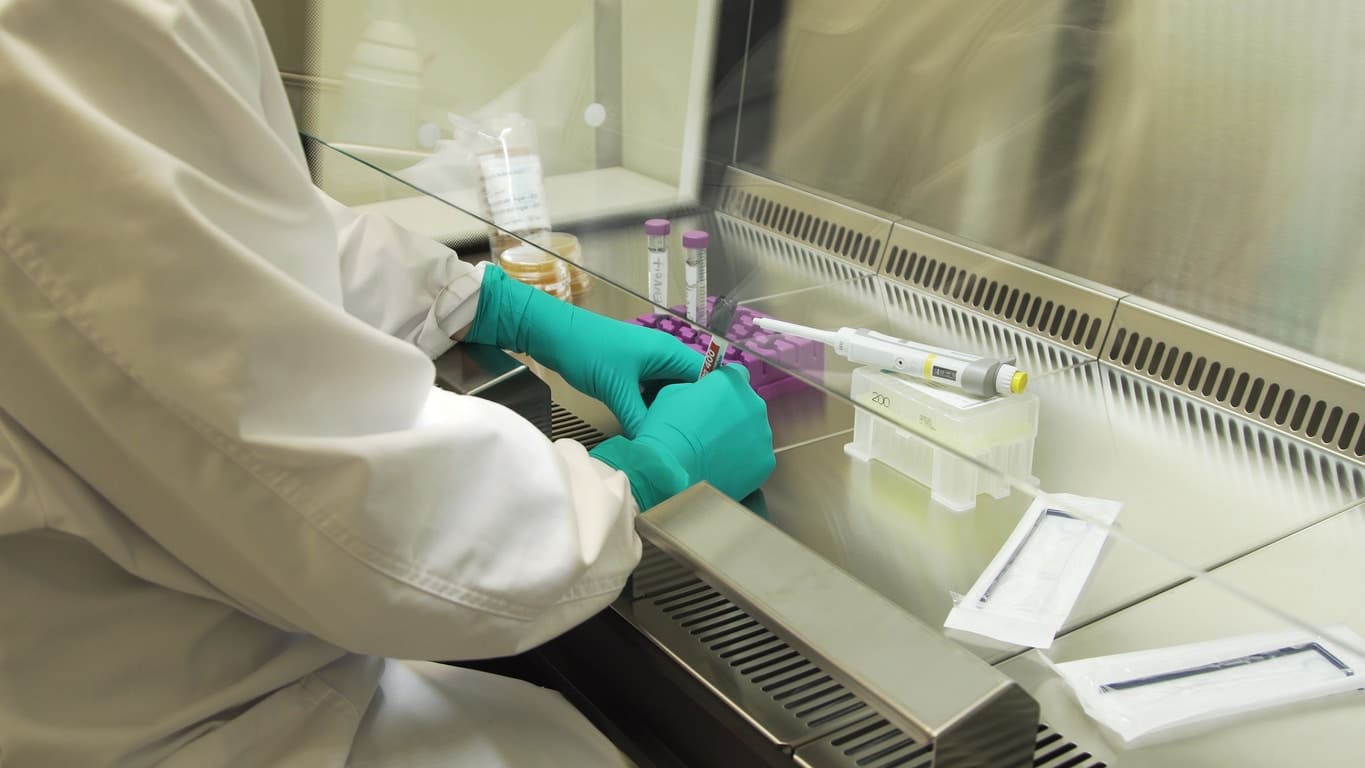Decontamination is essential for the safety of personnel and the laboratory environment. Through disinfection and sterilization, you can ensure that machinery, surfaces and other components are free from dirt, infectious agents and other contaminants. Whether you are using liquid disinfectants or decontamination chambers, there are several levels and methods of decontamination for your production environment that we will outline in this blog post.
Decontamination Methods
Decontaminating your laboratory workspace and equipment is crucial for the integrity of your work. It ensures that any tests or results are not affected by contamination from pathogens or cross-contamination. Contaminants can jeopardize the reliability of your work and will require additional time and money to decontaminate and restart your processes.
Heat Sterilization
Heat sterilization can be done with wet or dry heat, with each option having specific uses and benefits. Dry heat sterilization is less time efficient, requiring a longer cycle time than wet heat sterilization, but is suitable for materials that can be damaged by moisture.
Wet (steam) sterilization is more efficient and does not need the high temperatures of dry heat sterilization, making it quicker and more suitable for plastic components. This method is the most dependable for laboratory sterilization requirements.
Liquid Disinfection
Liquid disinfection is often used for surface disinfection but can be effective for other applications if used correctly. However, with so many liquids and concentrations available, it is critical to know the material compatibility. The manufacturer can provide this information, in addition to potential (negative) long-term effects from consistent use.
Radiation
There are two types of radiation that can be used for decontamination: ionizing and non-ionizing radiation. However, there are more practical methods for sterilization applications in a laboratory. Additionally, radiation processes require frequent maintenance to ensure the UV lamps run efficiently and are free from dirt or other contaminants. In addition, since (UV) radiation is “line of sight”, it is imperative that the items being decontaminated receive unimpeded 360° exposure.
Vapors and Gases
In the correct environment, vapors and gases can provide high levels of decontamination. This decontamination method is most suitable for large instruments, rooms and buildings that cannot be disinfected by liquid or other options. Our decontamination chambers and systems –introduced below–utilize vapor and gaseous sterilants for sterilizing lab equipment and materials.
ARES Decontamination Products
We offer the most innovative products to enable you to decontaminate your laboratory components safely and effectively. Our systems are non-corrosive and non-toxic, making them safe for use with sensitive equipment and ensuring workers or research animals are not harmed.
Our product categories include decontamination chambers, environmental decontamination systems and surface decontamination systems, providing you with a range of products to suit your laboratory requirements.
ARES decontamination chambers (multiple and custom sizes) include the TOMI SteraMist® SteraBox® and the BetterBuilt V700 Series, with a range of benefits and features to make laboratory decontamination an easy and safe process.
The TOMI SteraMist® SteraBox® is a stainless steel chamber designed to be used with our SteraMist technology. It can be fitted with a single or double door, has a top-mounted charcoal filtration unit, and provides airtight disinfection. Additionally, our TOMI™ SteraMist™ BIT™ technology allows for the conversion of hydrogen peroxide into a hydroxyl radical.
The BetterBuilt V700 Series Decontamination Chamber is a heavy-duty, air-tight chamber used to sterilize vapor hydrogen peroxide or chlorine dioxide equipment. Multiple aspects can be customized to suit your requirements, including access and door options, software options, and more.
Contact us today for more information about our decontamination products.




